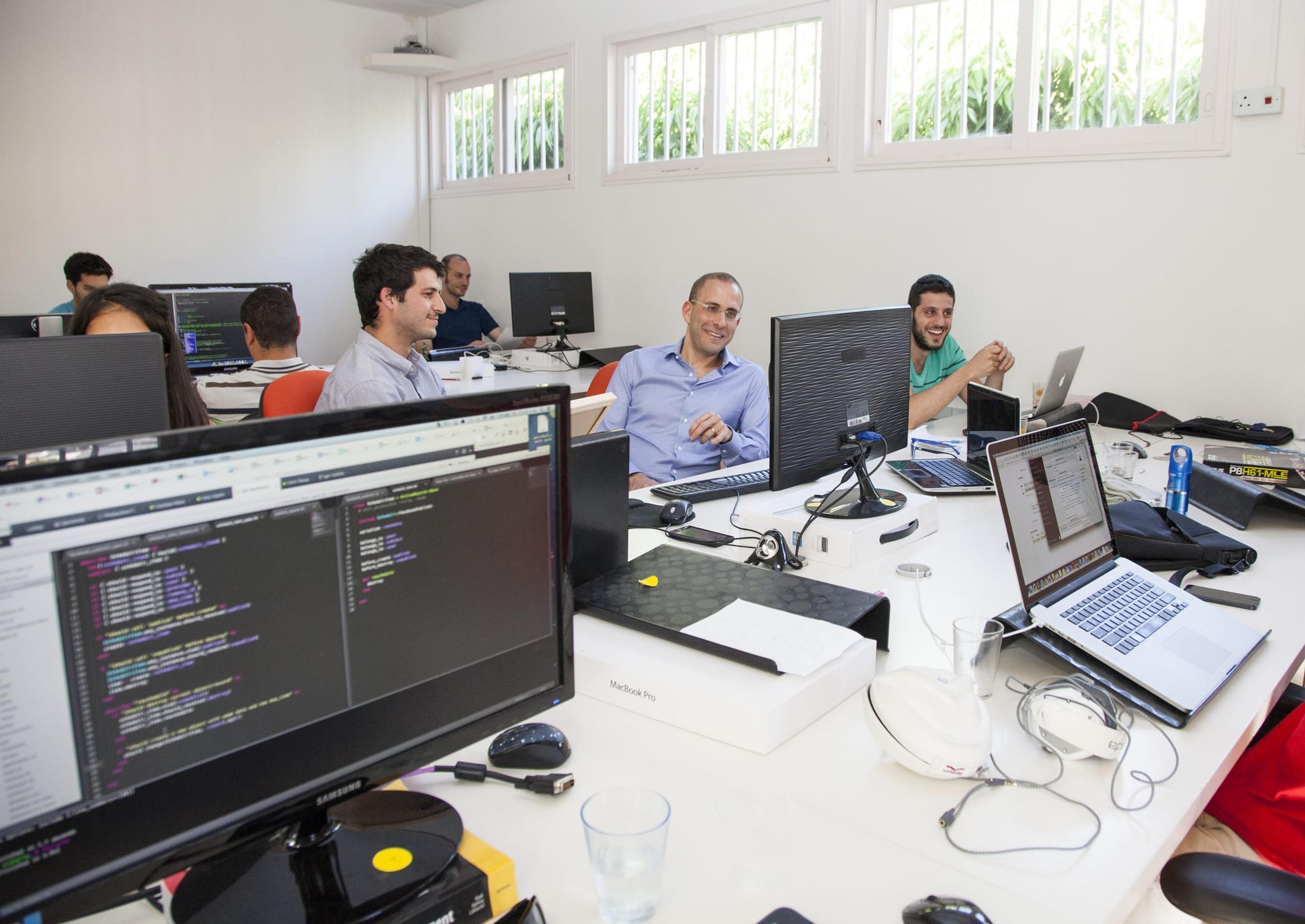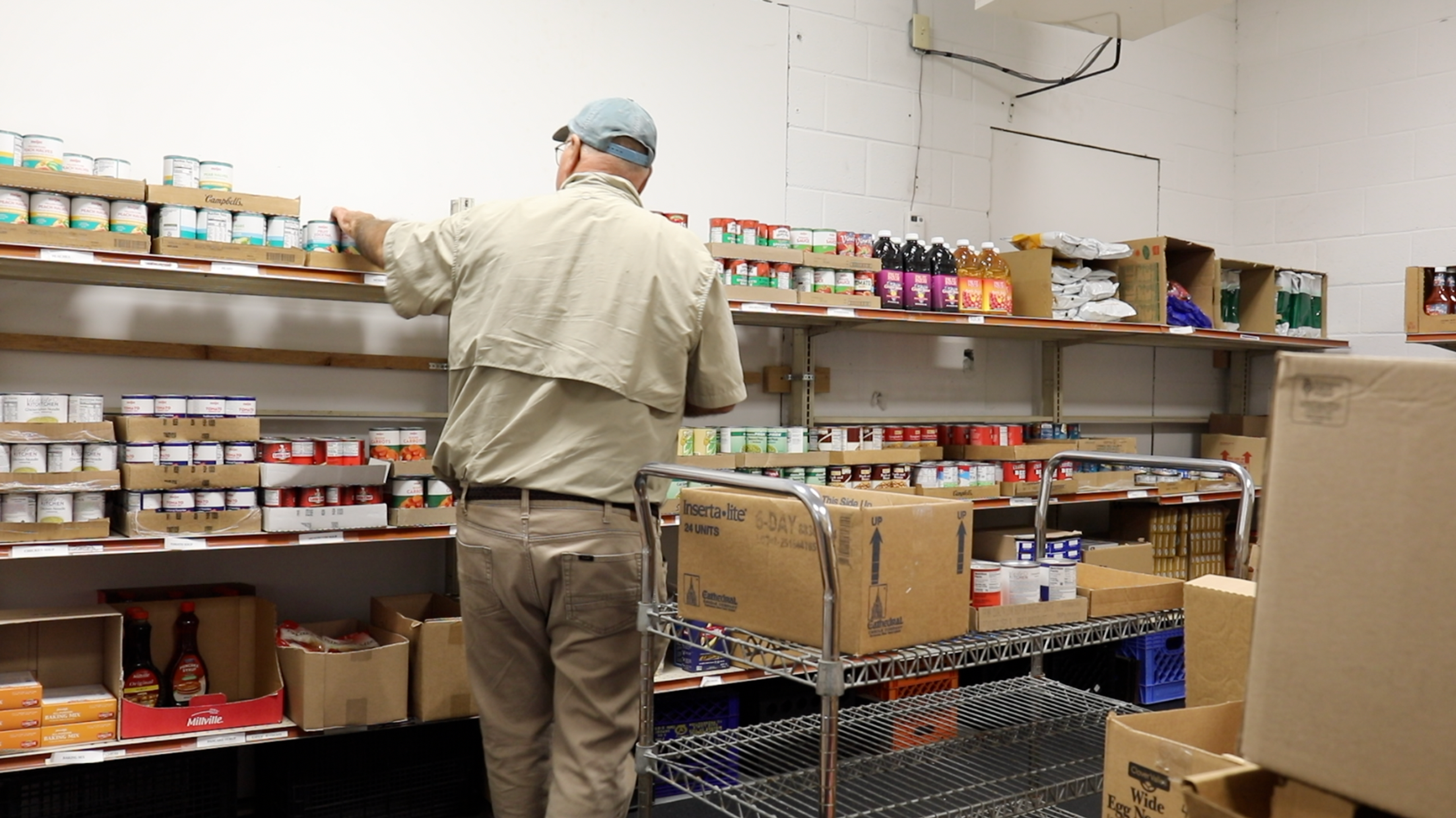Beyond the Card: The Blue Paths Internship Program Is a Place for All

Dr. Amy Milewski, M.D.
| 4 min read
Dr. Amy Milewski, M.D., is vice president of clinica...

From 1998 - 2012 in Michigan, there was a 12,000 percent increase in the number of students diagnosed with autism spectrum disorder. Above that, the number of adults with disabilities is projected to increase by nearly 250,000 between 2011 and 2030. One in every 68 children is born on the autism spectrum. For boys, that number increases to one in every 42. These startling facts are why programs specifically designed for the inclusion of disabled people are so vitally important. The Blue Paths Program, created in 2015, is a summer internship offered by Blue Cross Blue Shield of Michigan in collaboration with the Judson Center and local universities. Designed to provide opportunities for college students in the disabled community, the program helps students gain work experience in a setting that embraces their differences and strengths and enables them to take independent steps towards achieving personal and professional goals. When the Blue Paths Internship Program began in May 2015, there were two applicants. In 2016, six new students entered the program, in addition to the return of its two original participants. Through the program, these candidates are placed with neurotypical peers in areas of the company that are best suited for their expertise. Though often confused with other types of disorders, the term “developmental disability” encompasses a wide range of chronic conditions that result in mental or physical impairments. These conditions may be present at birth or develop post-birth. They can present difficulties for those affected where communication, learning, mobility and independent living are concerned. Still, more than 50 percent of those diagnosed with disorders such as autism are found to be at average to above-average intelligence. Treatment and loss of productivity due to autism has resulted in monumental costs, currently estimated at $268 billion annually in the United States and increasing to $461 billion by 2025. The unemployment rate for people with disabilities is around 82% according to the Bureau of Labor Statistics. The program has faced challenges in locating interested college candidates. Often, because many students do not disclose that they are disabled for fear of discrimination. “There’s a lot of support to get these kids to adulthood with life skills, but much of that support tends to fall off when they reach around 22 to 23 years of age,” said Libbie Ward, creator of the Blue Paths to Success program. “But, they need help transitioning to the work pace as well.” A few companies have begun including disabled employees in their workplaces but typically provide labor-based jobs. There are many disabled people who are considered “high-functioning” and are not given opportunities that challenge their intelligence. “Many of these people have the ability to work in challenging corporate positions, but struggle to make it through a traditional interview process,” said Ward. “Unless a company is actively reaching out to candidates with disabilities and educating it’s hiring leaders, they’re likely overlooking great interns and potential full-time candidates.” While there are many companies hiring people with disabilities to perform routine tasks, few companies are looking at how to truly integrate people with disabilities such as ASD into the workforce. This is how Blue Paths to Success is different. Intern participants work side-by-side with other employees in typical internship positions based on their degree of study and area of interest. In this way, Blue Paths primarily addresses underemployment, as opposed to unemployment. Most of us learn best through on the job training, which is why these experiences are so important for long-term careers in the future. “This program will not be for every student with ASD or other disabilities. They must meet standard intern requirements for a degree program, GPA, etc. Our goal is to provide value to both the students and the business,” said Ward. “Students get a realistic preview of what it’s like to work in a corporate environment every day. I’m sure they would tell you that it’s not always easy, but 100% of our participants felt it helped them with their future career goals. And as a company, having a diverse and inclusive workforce adds tremendous value that impacts the bottom line.” This post is part of a storytelling series we call, “Beyond the Card.” These stories will feature Blue Cross Blue Shield of Michigan members, employees, and communities who are making meaningful differences throughout our state. We invite you to follow Beyond the Card stories here at MIBluesPerspectives.comand through the hashtag, #BeyondtheCard on our social channels. If you have a story you would like to share, please feel free to contact us at stories@bcbsm.com. Photo credit: Masa Israel Journey





